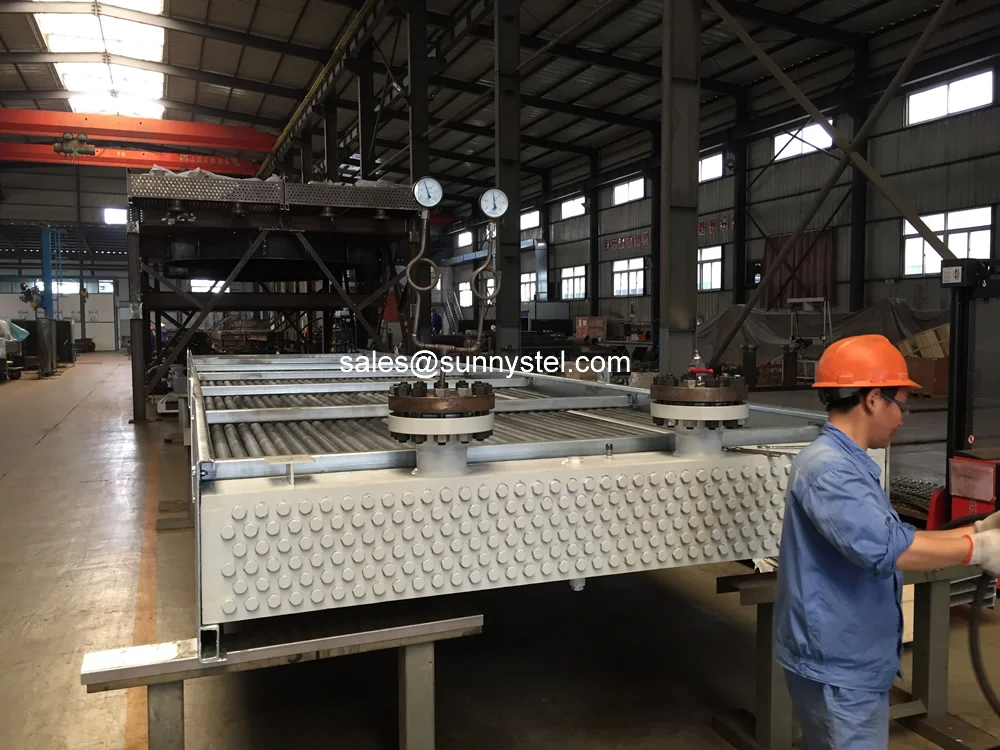
Efficient Heat Transfer
Tube bundles for air coolers offer efficient heat transfer and corrosion resistance for petrochemical, power, and oil & gas applications.
Efficient Heat Transfer
Tube bundles for air coolers offer efficient heat transfer and corrosion resistance for petrochemical, power, and oil & gas applications.
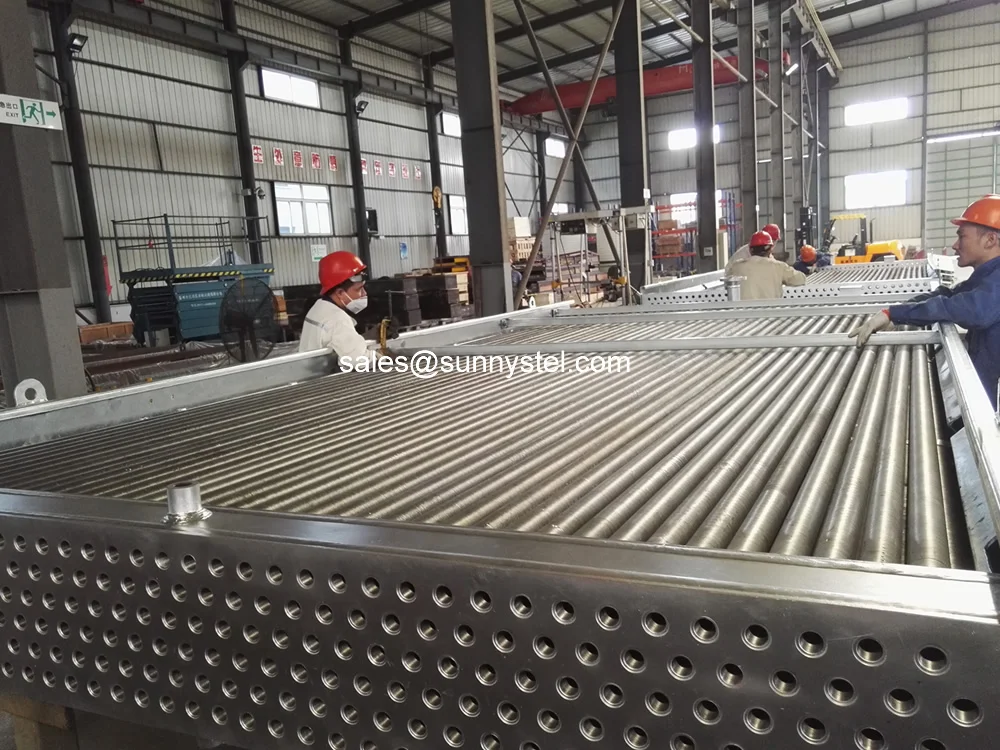
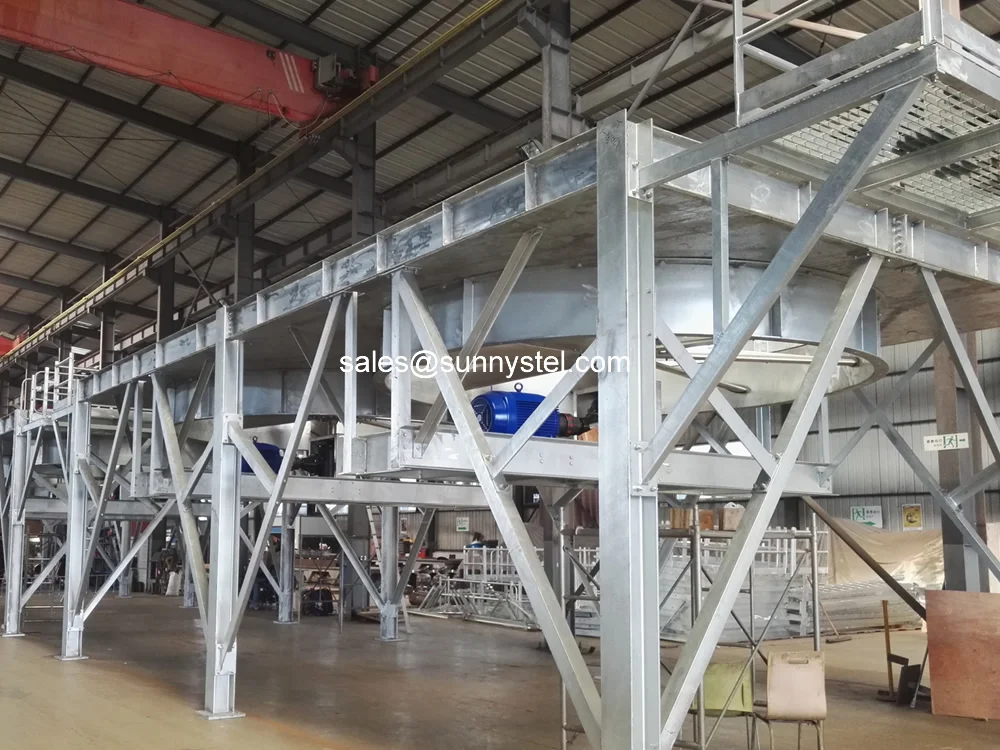
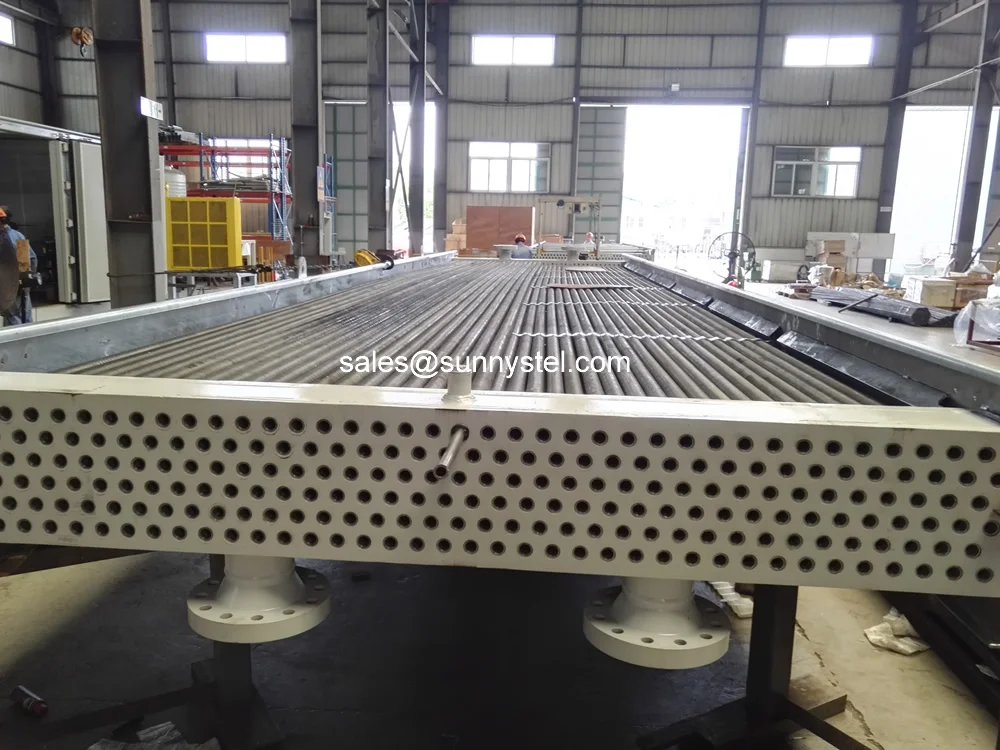
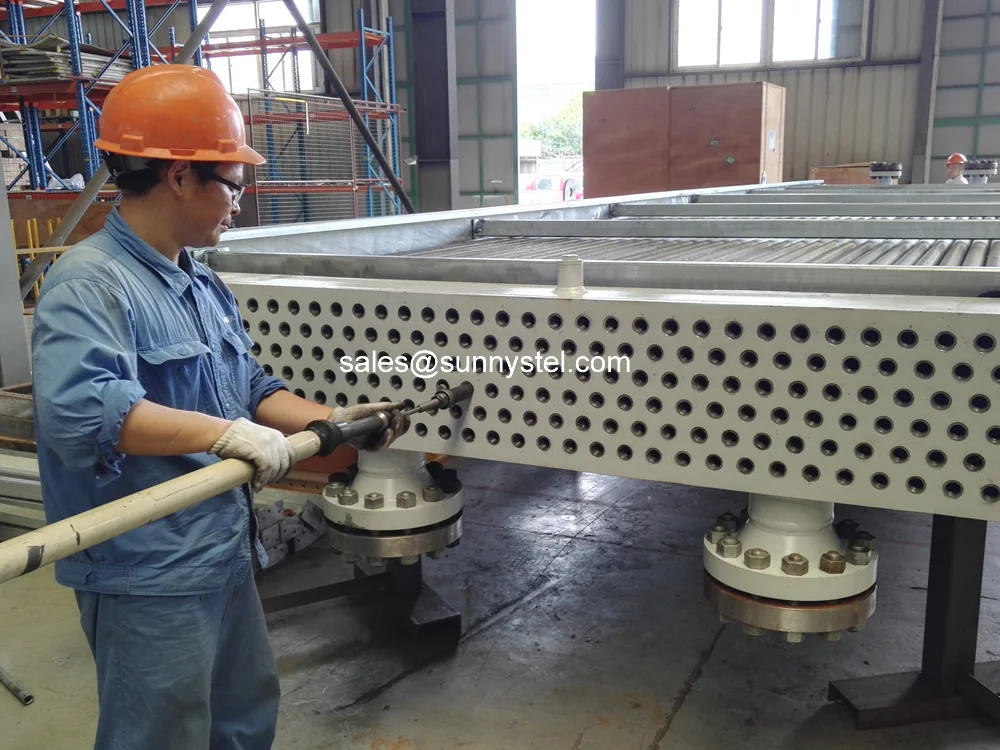
Tube Bundles for Air Coolers are critical components in air-cooled heat exchangers (ACHEs), designed for efficient heat dissipation in industries such as petrochemical air coolers, power plants, and oil & gas. These bundles, often featuring seamless or finned tubes, offer superior corrosion resistance and thermal performance, conforming to standards like ASTM A179, ASTM A213, and ASME Section VIII. They are engineered to withstand high temperatures (up to 600°C) and pressures (up to 20 MPa).
Manufactured using cold-drawing or hot-rolling processes, Finned Tube Bundles typically include seamless tubes with outer diameters ranging from 15.88 mm to 50.8 mm and wall thicknesses from 1.65 mm to 4.5 mm. Fins, often made of aluminum or steel, enhance heat transfer by increasing surface area, with fin heights of 10–16 mm and densities of 8–12 fins per inch. Tube bundles are arranged in triangular or square patterns, with a central moment (center-to-center distance) of at least 1.25 times the tube OD to ensure structural integrity during expansion and welding. Lengths are customizable up to 12 meters to suit specific ACHE designs.
Materials like carbon steel (ASTM A179), low-alloy steel (ASTM A213 T11), or stainless steel are selected based on application requirements, offering excellent corrosion resistance to handle corrosive fluids or humid environments. Tubes undergo heat treatments (e.g., annealing) to optimize mechanical properties and are tested for tensile strength, hardness, and hydrostatic pressure. Surface treatments, such as galvanizing or epoxy coatings, further enhance durability. The bundles are designed for easy maintenance, with replaceable tubes to extend service life in harsh conditions.
Tube Bundles for Air Coolers are ideal for applications where water cooling is impractical, such as arid regions or water-scarce facilities. Compared to shell-and-tube exchangers, ACHEs with finned tube bundles are more compact, require less maintenance, and reduce environmental impact by eliminating water usage. They are commonly used in cooling process fluids, condensing vapors, or managing gas streams in refineries, LNG plants, and power generation facilities.
These tube bundles address challenges like heat dissipation, corrosion, and operational efficiency in air-cooled systems. Their robust design, compliance with stringent standards, and enhanced heat transfer capabilities make them a reliable choice for engineers seeking durable air-cooled heat exchanger tubes for demanding industrial applications.
Finned tubes maximize surface area for efficient cooling.
Coatings and alloy materials resist environmental degradation.
Seamless tubes withstand pressures up to 20 MPa.
Replaceable tubes reduce downtime and costs.
Eliminates water usage, ideal for arid regions.
Meets ASTM, ASME, and API standards for quality.
| Feature | Tube Bundles for Air Coolers | Shell-and-Tube Bundles | Superheater Tubes |
|---|---|---|---|
| Material Type | Carbon/Low-Alloy/Stainless Steel | Carbon/Alloy Steel | Carbon/Alloy Steel |
| Temperature Range | Up to 600°C | Up to 600°C | Up to 500°C |
| Tensile Strength (MPa) | 325–515 | 325–500 | 325–480 |
| Yield Strength (MPa) | 180–205 | 180–235 | 180–280 |
| Corrosion Resistance | High (with coatings/fins) | High (with coatings) | Moderate (with coatings) |
| Pressure Resistance | Up to 20 MPa | Up to 25 MPa | Up to 20 MPa |
| Cost | Moderate | High | Moderate |
| Applications | Air-cooled heat exchangers | Shell-and-tube exchangers | Superheaters, boilers |
| Key Advantage | Water-free, enhanced heat transfer | High-pressure fluid handling | High-temperature steam reliability |
| Manufacturing Process | Seamless, finned, heat-treated | Seamless, heat-treated | Seamless, cold-drawn |
| Grade | C (%) | Si (%) | Mn (%) | P (% max) | S (% max) |
|---|---|---|---|---|---|
| ASTM A179 | 0.06–0.18 | - | 0.27–0.63 | 0.035 | 0.035 |
| ASTM A213 T11 | 0.05–0.15 | 0.50–1.00 | 0.30–0.60 | 0.025 | 0.025 |
| EN 10216-2 P235GH | 0.16 max | 0.35 max | 1.20 max | 0.025 | 0.020 |
Material: Commonly used materials are carbon steel, low alloy steel, stainless steel, copper, copper-nickel alloy, aluminum alloy, titanium, etc. In addition, there are some non-metallic materials, such as graphite, ceramics, polytetrafluoroethylene, etc. In the design, appropriate materials should be selected according to the working pressure, temperature and corrosiveness of the medium.
| Grade | Tensile Strength (MPa min) | Yield Strength (MPa min) | Elongation (% min) |
|---|---|---|---|
| ASTM A179 | 325 | 180 | 35 |
| ASTM A213 T11 | 415 | 205 | 30 |
| EN 10216-2 P235GH | 360–500 | 235 | 25 |
| Feature | Heat Exchange Tubes | Fluid Tubes | Superheater Tubes |
|---|---|---|---|
| Material Type | Carbon/Low-Alloy Steel | Carbon Steel | Carbon/Alloy Steel |
| Temperature Range | Up to 600°C | -40°C to 450°C | Up to 500°C |
| Tensile Strength (MPa) | 325–500 | 360–500 | 325–480 |
| Yield Strength (MPa) | 180–235 | 235–240 | 180–280 |
| Corrosion Resistance | High (with coatings) | Moderate (with coatings) | Moderate (with coatings) |
| Pressure Resistance | High (up to 25 MPa) | High (up to 30 MPa) | Moderate (up to 20 MPa) |
| Cost | Moderate | Moderate | Moderate |
| Applications | Heat exchangers, condensers | Fluid transport (oil, gas) | Superheaters, feedwater heaters |
| Key Advantage | High thermal conductivity | High-pressure fluid reliability | Thermal conductivity in boilers |
| Manufacturing Process | Seamless, heat-treated | Seamless, heat-treated | Seamless, cold-drawn |
Explore seamless heat exchange tubes with targeted long-tail keywords, covering specifications, applications, manufacturing, procurement, and dimensions for heat exchanger systems.
Note: Heat exchange tubes are designed for efficient heat transfer in demanding applications. For detailed specifications, refer to ASTM A179, A213, EN 10216-2, or contact a certified supplier.

Heat Exchange Tubes are vital for efficient heat transfer in power generation, petrochemical, and HVAC systems, ensuring optimal performance and durability.
Transfers heat in condensers and feedwater heaters.
Manages heat in chemical processing systems.
Facilitates heat transfer in heating and cooling units.
Handles corrosive fluids in heat exchangers.
Supports cooling systems in marine applications.
Recovers heat in industrial processes.
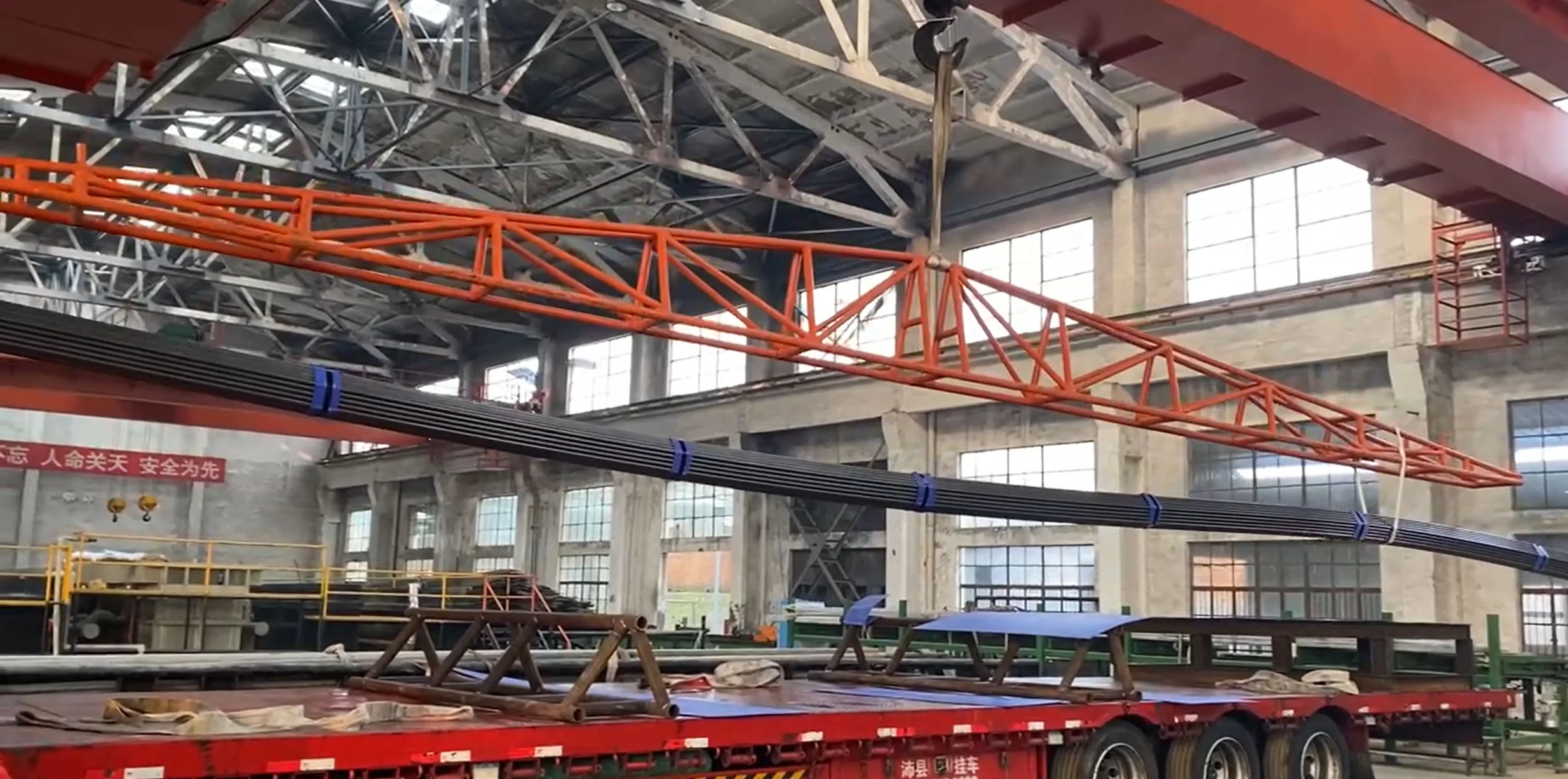
Ultra-long heat exchanger tubes are essential comp...